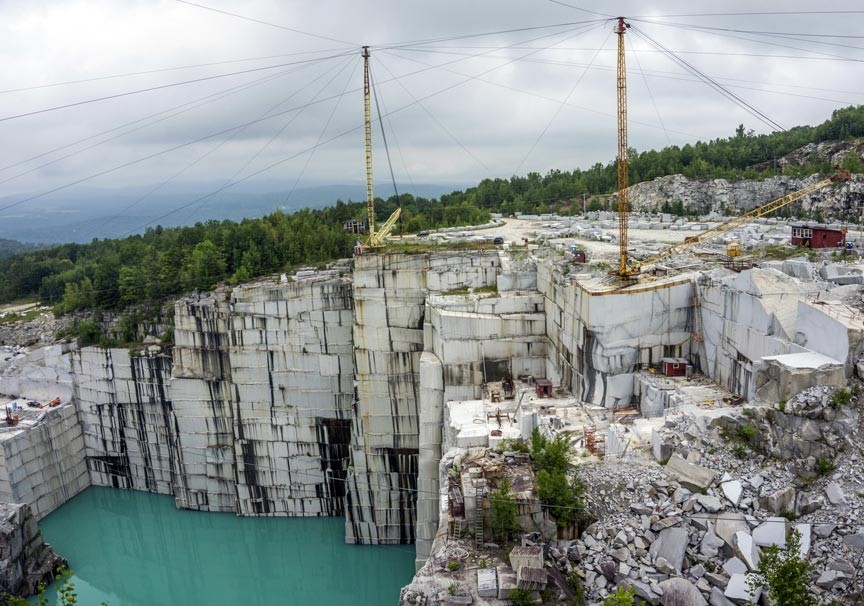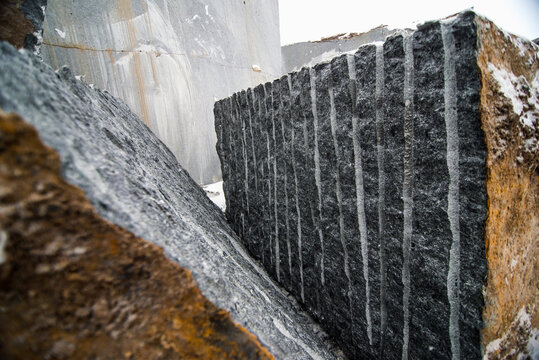Exploring Granite Quarries in South Africa: A Comprehensive Overview
Exploring Granite Quarries in South Africa: A Comprehensive Overview
Blog Article
Introducing the Mysteries of Granite Quarrying: Where Stamina and Sophistication Meet
The world of granite quarrying is a realm where the raw toughness of nature converges with human virtuosity to create frameworks that stand the examination of time with an air of beauty. From the depths of quarries to the meticulous sprucing up in workshops, the process of transforming granite right into building marvels is a complicated dancing of practice and advancement. As we peer into the depths of this ancient craft, we begin to reveal the covert complexities that shape the extremely essence of our developed atmosphere.
The Beginnings of Granite Quarrying
In the record of architectural background, the beginnings of granite quarrying are shrouded in a tapestry of old craftsmanship and geological wonders. Going back to old Egypt and Mesopotamia, the extraction of granite from quarries noted the beginning of a trip that would ultimately lead to the creation of some of the globe's most renowned frameworks.
Granite quarrying's roots can be mapped to the proficient artisans who acknowledged the stone's durability and visual allure. Via a combination of primitive tools and sheer determination, these very early quarry employees discovered granite blocks that would come to be the building blocks of people.
As people advanced, so did the techniques of quarrying granite. The Romans, renowned for their design expertise, established innovative techniques for removing granite to create monoliths, holy places, and roadways that stood the examination of time.
The tradition of these old quarrying practices remains to shape contemporary style, with granite remaining a symbol of stamina and beauty in construction tasks around the globe. (granite quarries in south africa)
Tools of the Quarrying Profession
The evolution of granite quarrying methods from ancient human beings to modern-day times highlights the important function played by the tools of the quarrying sell shaping the sector's techniques. In old times, quarrying devices were rudimentary, usually being composed of chisels, hammers, and wedges made from products like bronze or iron. These tools needed substantial workforce and time to extract granite blocks from quarries.

Additionally, the intro of pneumatic devices and high-powered equipment has actually substantially reduced the physical labor required in quarrying procedures, boosting employee security and performance. As the quarrying sector remains to published here innovate, the tools of the trade continue to be at the center of driving development and shaping the future of granite extraction.
Removing Blocks of Granite
Making use of precision machinery and progressed techniques, the removal of granite blocks from quarries has actually come to be an innovative process in the modern quarrying market. Managed blowing up techniques are then utilized to break apart the granite into manageable sections.

Polishing and Completing Methods
To attain a remarkable surface area on granite blocks, skilled artisans use a series of meticulous sprucing up and completing methods. After the initial extraction and forming procedures, the granite blocks undergo a complete sprucing up phase to boost their all-natural charm and longevity.
In enhancement to polishing, completing strategies are used to further improve the granite's look. By carefully choosing and applying these polishing and ending up methods, craftsmens can transform raw granite blocks right into beautiful pieces that showcase both stamina and beauty.

Ecological Influence and Sustainability
With the growing focus on ecological consciousness in the market, granite quarrying techniques are increasingly inspected for their impact on all-natural sources and long-term sustainability. In addition, the transportation of granite from Recommended Site quarries to refining facilities produces carbon discharges, better adding to ecological deterioration.
To reduce these effects and guarantee sustainability in granite quarrying, market stakeholders are embracing numerous measures. Applying innovative modern technologies to minimize energy intake and water use, redeeming quarried land for eco-friendly reconstruction, and promoting responsible sourcing methods are some techniques being used. Moreover, accreditations such as the Woodland Stewardship Council (FSC) and the Leadership in Energy and Environmental Style (LEED) assistance customers determine eco-friendly article source granite products.
Final Thought
To conclude, granite quarrying is a process that calls for specialized tools and strategies to extract blocks of granite and polish them to a high degree of finish. While the ecological influence of quarrying can be significant, efforts are being made to improve sustainability techniques in the sector. Generally, granite quarrying is a fragile balance between using the toughness and elegance of this all-natural rock while lessening its impact on the setting.
Report this page